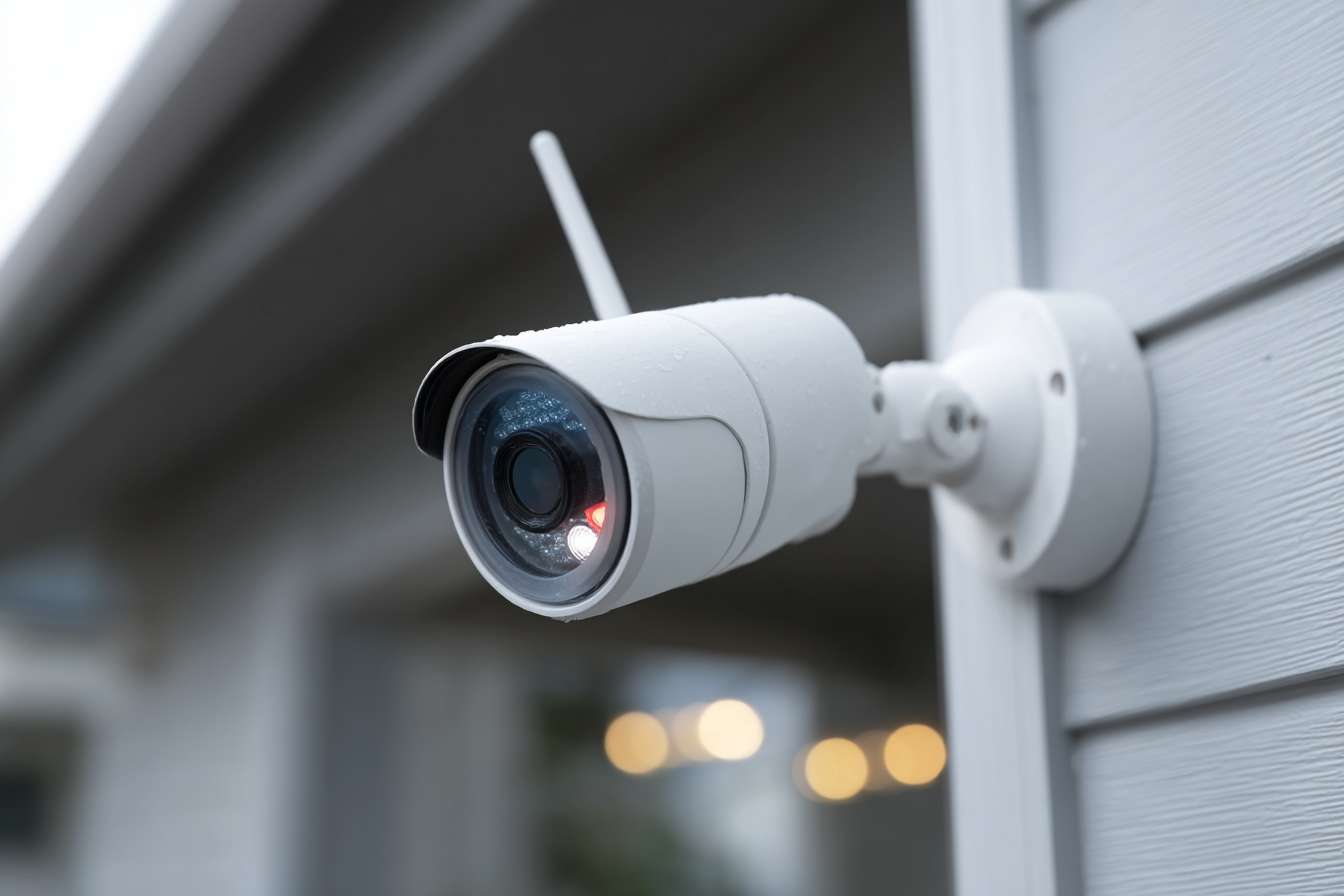Home Security Systems in 2025: Understanding Features, Safety, and Smart Technology
Home security systems have evolved beyond traditional alarms to include smart sensors, mobile integration, and real-time monitoring. In 2025, modern systems combine convenience and safety through connected devices that help identify potential risks and alert homeowners efficiently. Understanding how these systems work, the types available, and what features matter most can help create a safer, more resilient home environment.

Home security technology has transformed dramatically in recent years, offering homeowners unprecedented control and protection through integrated smart systems. Today’s security solutions combine traditional monitoring with cutting-edge features like facial recognition, smartphone integration, and artificial intelligence-powered threat detection.
Types of Home Security Systems
Home security systems generally fall into three main categories: monitored, unmonitored, and hybrid systems. Monitored systems connect to professional monitoring centers that respond to alerts 24/7, dispatching emergency services when necessary. Unmonitored systems rely on the homeowner to respond to alerts through smartphone notifications or local alarms. Hybrid systems combine both approaches, allowing homeowners to choose when to use professional monitoring services.
DIY security systems have gained popularity due to their affordability and ease of installation. These systems typically use wireless components and smartphone apps for control and monitoring. Professional installation systems offer more comprehensive coverage but require technician setup and often involve long-term contracts.
Key Components of a Home Security System
A comprehensive home security system includes several essential components working together to protect your property. Door and window sensors detect unauthorized entry points, while motion detectors identify movement within protected areas. Security cameras provide visual monitoring and recording capabilities, often featuring night vision and high-definition video quality.
Control panels serve as the system’s central hub, allowing users to arm, disarm, and monitor their security setup. Modern control panels often include touchscreen interfaces and voice control capabilities. Smart locks integrate with security systems to provide keyless entry and remote access control.
Environmental sensors detect smoke, carbon monoxide, flooding, and temperature changes, providing comprehensive home protection beyond security threats. Glass break sensors identify the sound frequency of breaking glass, while panic buttons offer immediate emergency response activation.
Comparing Wired and Wireless Systems
Wired security systems use physical cables to connect components to the central control panel, providing reliable communication that cannot be disrupted by signal interference. These systems typically offer faster response times and are less susceptible to hacking attempts. However, installation requires running cables through walls, making them more expensive and disruptive to install.
Wireless systems communicate through radio frequencies, cellular networks, or Wi-Fi connections, making installation significantly easier and more flexible. Battery-powered wireless components can be placed virtually anywhere without concern for power sources. However, wireless systems may experience signal interference and require regular battery maintenance.
Hybrid systems combine wired and wireless components, allowing homeowners to benefit from both technologies. Critical components like control panels and main sensors might use wired connections for reliability, while additional sensors and smart devices operate wirelessly for convenience.
Choosing a Home Security System
Selecting the right home security system requires careful consideration of your property size, budget, lifestyle, and security needs. Start by conducting a security assessment of your home, identifying vulnerable entry points, valuable items, and areas requiring monitoring.
Consider your technical comfort level when choosing between DIY and professional installation. DIY systems offer cost savings and flexibility but require self-maintenance and troubleshooting. Professional systems provide expert installation, ongoing support, and comprehensive warranties.
Evaluate monitoring options based on your preferences and budget. Professional monitoring provides peace of mind but involves monthly fees, while self-monitoring offers complete control without ongoing costs. Some systems allow switching between monitoring types as needs change.
| Provider | System Type | Monthly Monitoring | Key Features |
|---|---|---|---|
| ADT | Professional | $45-60 | 24/7 monitoring, cellular backup, smart home integration |
| SimpliSafe | DIY/Professional | $15-25 | Wireless sensors, smartphone app, optional monitoring |
| Ring Alarm | DIY | $10-20 | Amazon integration, video doorbell compatibility, self-monitoring |
| Vivint | Professional | $30-50 | Smart home automation, professional installation, AI features |
| Abode | DIY/Professional | $20-30 | Flexible monitoring options, smart home integration, cellular backup |
Prices, rates, or cost estimates mentioned in this article are based on the latest available information but may change over time. Independent research is advised before making financial decisions.
Smart home integration capabilities should factor into your decision-making process. Modern security systems often connect with voice assistants, smart thermostats, lighting systems, and other connected devices to create comprehensive home automation. This integration allows for automated responses to security events, such as turning on lights when motion is detected.
Consider the system’s scalability and upgrade potential. Your security needs may change over time, so choosing a system that allows adding components or upgrading features ensures long-term value. Look for systems with regular software updates and expanding smart home compatibility.
Home security systems in 2025 offer sophisticated protection through advanced technology and comprehensive monitoring capabilities. By understanding the different types of systems, key components, and installation options, homeowners can make informed decisions that provide effective security tailored to their specific needs and circumstances.




